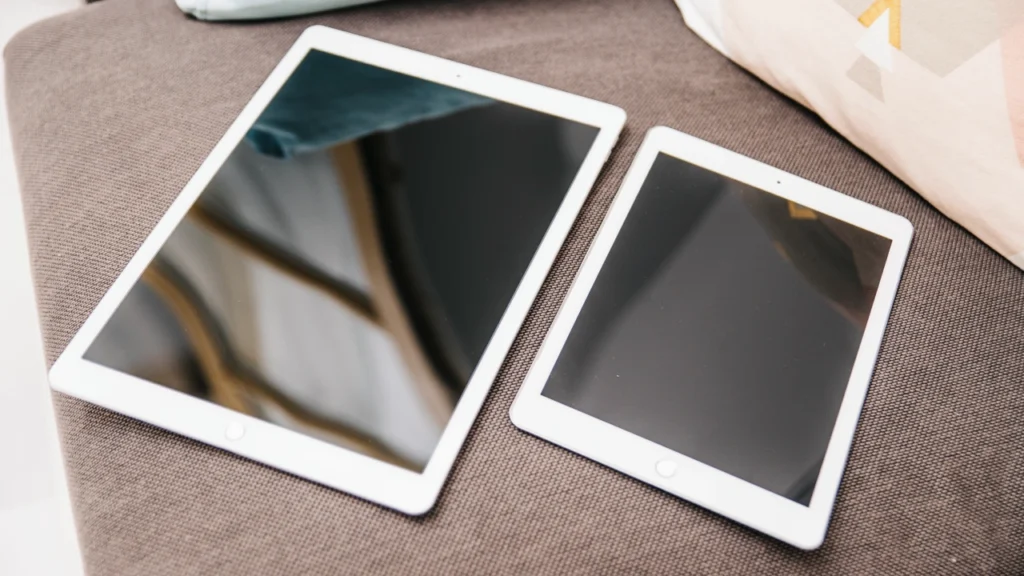Table of Contents
Highlight
- Mindful Tech Use: The Slow Tech Movement encourages intentional and focused interaction with devices to reduce digital stress and enhance clarity.
- Sustainable Design: Promotes long-lasting, repairable, and minimalist technology that minimizes electronic waste and supports eco-friendly living.
- Human-Centered Innovation: A growing cultural shift where technology is designed to enhance well-being, balance, and purpose — not demand constant attention.
Have you ever mindlessly scrolled through social media, leaping from one technology to the next? This is the very issue the slow tech movement attempts to disrupt—not uninvite technology, but rethink our relationship with technology; our “why” and “how” we think about it.

What Slow Tech Really Means
“Slow tech” takes its cue from the slow living philosophy — choosing quality over quantity, mindfulness over mindless use.
In digital life, it’s about:
- Using devices purposefully, not constantly.
- Simplifying your digital setup.
- Prioritizing focus and calm over notifications and noise.
Instead of asking “What’s new?”, slow tech asks:
“What’s necessary?”
The Rise of Intentional Tech Products
A wave of products is being designed specifically to support this mindset. They don’t fight for your attention — they help you reclaim it.
Examples include:
- E-ink writing tablets that remove browser distractions.
- Minimalist smartphones like Light Phone III are made for calls, messages, and music only — no social media.
- A kind of analog tech – think radios or digital planners with limited features.

These aren’t the sad echoes of the past, but were designed to think of the user experience with intention. These are products created to behave quietly within your life, not demanding attention.
Why This Matters in 2025
Attention has become one of the most valued — and over-leveraged — human resources. We are part of a future that is all-consuming, notifications and pings and updates and hot-take think pieces — all without boundaries for us as the user. Technology creates the assumption that we all wish, or need, to be multitasking all of the time.
Studies have recently found that even small digital boundaries can enhance emotional well-being and productivity.
Slow tech is also linked to sustainability:
- Fewer upgrades mean less electronic waste.
- Devices last longer, reducing carbon impact.
- People consume smarter, not faster.
Core Design Principles of Slow Tech
When choosing or designing slow-tech products, look for these fundamentals:
- Minimal UI – fewer features, less temptation.
- Longevity – durable build, upgradable software.
- Purposeful design – serves one goal effectively.
- Healthy defaults – focus modes, minimal notifications.
- Sustainability – capable of repair and/or recycling.

This product succeeds if it supports life first, then tech.
Real-World Scenario
Imagine a remote worker simplifying their setup:
- One distraction-free laptop for work.
- A minimalist phone that only calls and texts.
- An e-ink tablet for writing or reading.
Without dozens of apps vying for attention, mental clarity improves. The design doesn’t just look clean — it feels cleaner.
Intentional Tech in Everyday Life
Slow tech isn’t limited to specialized devices. You could apply its concepts to everyday habits:
- Set aside time during mealtimes or before bed for a non-phone time.
- Remove notifications that do not serve a purpose.
- Batch your tasks to decrease the number of transitions that you make.
- Limit your apps to include those that help you make sense of your priorities.
These small adjustments can make a large impact to keep you in the present while still benefiting from modern technology.
Mindfulness and Slow Tech
At its essence, slow tech is about bringing mindfulness into our relationships with technology. To engage tools and practices that respect your attention is to:

- Reduce digital stress
- Increase focus and productivity
- Create a level of mental clarity and calm
It’s not a matter of abandoning innovation – it’s about making choices for when and how you want to share your attention with the world.
The Broader Impact
The slow tech movement is a cultural movement on a larger scale, too. More and more designers and developers are rethinking how interfaces and devices interact with humans and have begun to move away from designing for “attention” to designing for “human-centered” technology, such as:
- Longer-lasting sustainability in products.
- Consideration of technology that enhances life and not detracts from engagement.
- Awareness around digital well-being.
Slow Tech can benefit both personal and organizational use, to create a balance between digital engagement and self-care.
Final Thoughts
The slow tech movement is more than a trend — it’s a way to regain control over our attention. Whether it’s minimalist phones, e-ink tablets, or simple habits we all have, technology should work for us — not against us.
With more designers working on human-centered experiences, we could finally see technology that promotes focus, clarity, and well-being.

Have you tried slow tech yet?
How do you remain intentional in your digital life?
Share your thoughts as we rethink technology together.